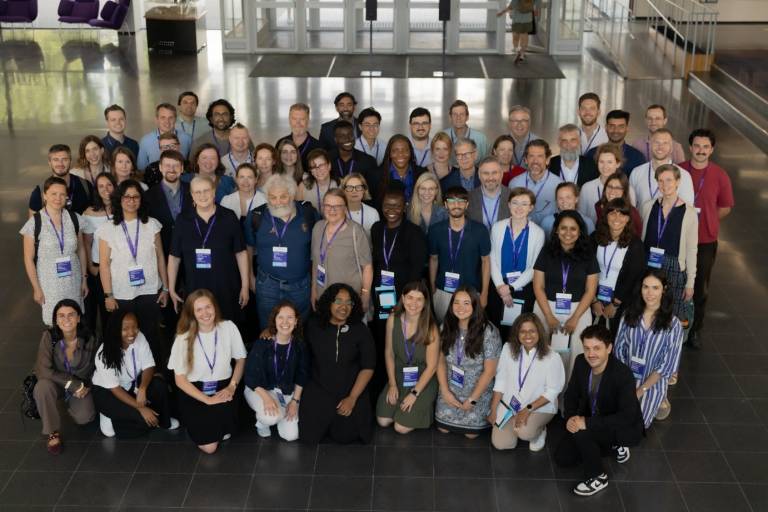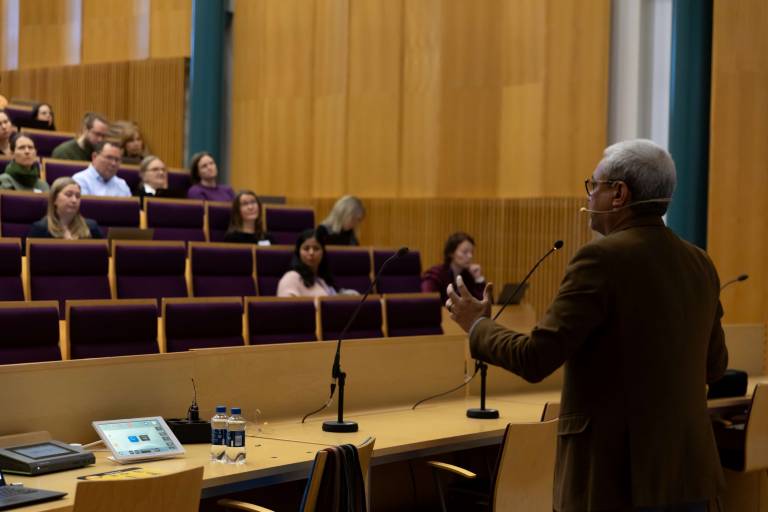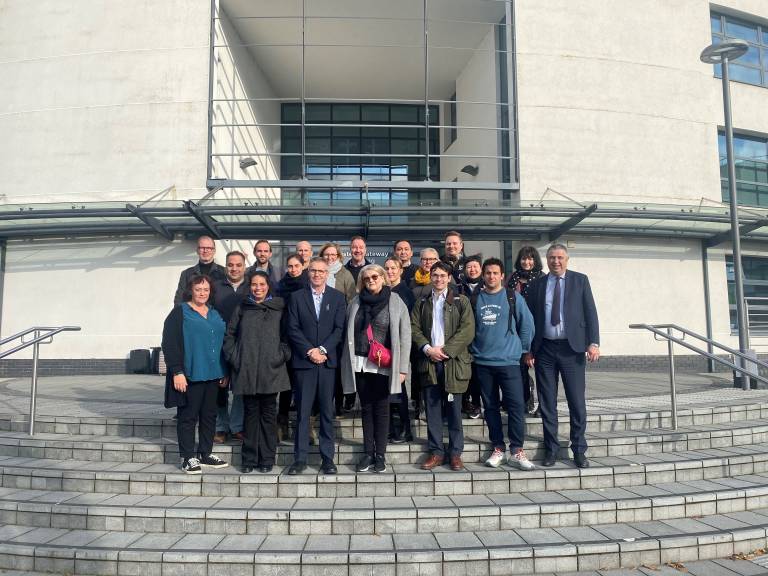Since its inception in 2009, the BRICS (as of 2011 composed of Brazil, Russia, India, China, South Africa) has forcefully argued that in the emerging world order, the West lacks both the moral and political authority to set the rules of globalisation and dictate for sovereign states how they should or should not behave.
Moreover, as an organisation between three global powers, China, India and Russia, and two regional powers, Brazil and South Africa, the BRICS has potential to become a global agenda setter. This situation has given rise to an extensive debate on the BRICS and the future of globalisation. Some seek to debase its importance, some to overstate it.
Cooperation between India and China not only within the BRICS but also within the Shanghai Cooperation Organization (SCO), within World Trade organization (WTO) and through the new Mega-Regional Trade Agreement, Regional Comprehensive Economic Partnership (RCEP) evidence at least some level of cooperative ability and common political objectives. But the growing rivalry between the two shows a different story. India for example feels threatened by China’s Road and Belt Initiative and the growing economic, political and military leverage of China in South Asia as well as the Indian Ocean, and is building stronger ties of political, economic and military cooperation with the US in the very same region. Both South Asia and world’s most important maritime trading route, the Indian Ocean, are thus subject to competing interest and rivalry between the China and its allies (most notably Pakistan) and with US and India on the other side.
As a result, the BRICS are united by some common concerns but driven apart by differences of political preferences and conflicts. This, in a nutshell, is the dilemma of the BRICS — the outspoken desire to the change the world and the questionable ability to do so.
No ’BRICS Consensus’ in sight
The BRICS is committed to the existing multilateral institutions, but is critical towards how they are run. A primary object of discontent is the oversized influence of the North Atlantic powers. This is also a key reason for the project of institution building that started in 2012. So far, the BRICS has created two institutions, the New Development Bank (NDB) and the Contingent Reserve Arrangement (CRA).
The NDB is complementary to the World Bank and the International Monetary Fund. It seeks to direct finances for infrastructural projects including energy, transportation and water. Importantly, the BRICS financing is delinked from the policy reforms and conditions that the traditional institutions are known of. In the Bank’s strategy this is clearly stated in the following manner:
National sovereignty is of paramount importance to NDB in its interactions with member countries. NDB’s mandate does not include prescribing policy, regulatory and institutional reforms to borrowing countries. (NDB’s General Strategy: 2017 – 2021, p. 11.)
However, there is very little if anything which would speak in favour of an emerging ‘BRICS Consensus’ as opposed and alternative to the ‘Washington Consensus’ — defined by privatisations, cuts of public spending and export oriented market reforms. At the same time, instead of embracing the former ideology of development, the NDB would seem to invite discussions and debates on development.
The bank will constructively engage the international community as an independent voice on development trends and practices. As a new institution, NDB has much to learn from the wealth of experience of multilateral and bilateral development institutions, as well as civil society and academic organisations. (NDB’s General Strategy: 2017 – 2021, p. 11.)
The CRA, on the other hand, is linked to IMF. The objective of the CRA is to provide safety net against potential shocks in global financial markets and the possible resulting balance of payment problem. If and when any BRICS country has to rely on the CRA, and when it needs more money than 30% of its borrowing quota, it must first seek structural adjustment loans from the IMF before it can receive more support from the CRA.
It is thus possible to think that the CRA actually evidences BRICS’ approval of the Washington based ideology of economic development — which led the so called lost decades in Latin America in 1980s and is currently causing the same kind of destitute in the South-European euro-countries. The lost decade refers to the loss of economic and social development caused by privatizations, dismantling of social infrastructure, and soaring unemployment. (See Patrick Bond, 2016, “BRICS banking and the debate over subimperialism,” Third World Quarterly 37:4, 611–629.) However, this inference can be questioned with:
- the fact that NDB lacks the conditions that characterise the ideology of ‘Washington Consensus’, and,
- that the after the reforms of IMF and World Bank voting structure, the BRICS may now be in the position to challenge the old consensus from within the existing institutions.
This is a very illustrative case of the BRICS dilemma. The dilemma is that the BRICS on one hand seek to promote some form of pluralism in the international arena and on the other do not seem to offer an alternative. In the case of the financial institutions, they have caused a reform in the decision-making power of the traditional institutions but has not provided an alternative development policy. Indeed, the officials of the NDB represent different backgrounds with some known for their support for the old consensus and some other for their critique towards it.
Pluralism, but no concrete alternatives
The dilemma is that the BRICS on one hand seek to promote some form of pluralism in the international arena and on the other do not seem to offer an alternative.
For example, Leslie Maasdorp, the vice president of the NDB, was the main privatiser of South Africa’s state assets and has a history in Bank of America and Barclays, whereas the vice president appointed by Brazil, Mr. Paulo Nogueira Batista, an economist and former director at the IMF, is a known critique of the former consensus. (Batista was dismissed from office in autumn 2017 in controversial circumstances).
In consequence, one should perhaps give some emphasis to the mere occasion of making discussion possible. If the BRICS has accomplished something, it has made it structurally possible to provide different views in the World Bank and IMF, and that in their own institution of development finance they seek to learn, implicate a rupture with the old. This rupture itself is an enabler and thus an occasion of importance.
The question, however, remains, to what extend is the BRICS able to embrace and promote plural discussion.
This blog post originally appeared in Raisina Debates at Observer Research Foundation on Sep 25 2017 and is available at http://www.orfonline.org/expert-speaks/brics-dilemma/.
Read more:
“Turkey is facing a cold reality” – An interview with Professor Kemal Kirişci
What is Vaikuttaja? Read our opening post by dean Antti Lönnqvist





Kommentit